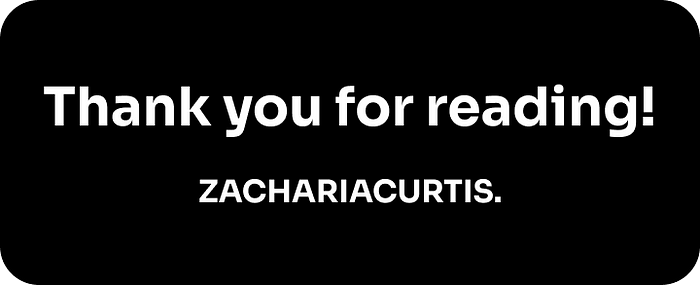

The ‘Design Process’ Myth
source link: https://uxplanet.org/the-design-process-myth-174db384bb33
Go to the source link to view the article. You can view the picture content, updated content and better typesetting reading experience. If the link is broken, please click the button below to view the snapshot at that time.

The ‘Design Process’ Myth

The Design Process almost always begin’s the same way, but it rarely tends to follow the same path each and every time.
In this article I’d like to explore why the idea that a rigid and unchanging design process is likely the wrong approach for UX Design, and can at times even be harmful.
What is the Design Process?

The UX Process is the steps that we take as UX designers to bring a product or feature from concept through to hand-off for development. Usually this process contains the familiar 5 steps of:
- Definition
- Research
- Design
- Validation
- Iteration
This process is consistently recognised as the pillar of UX, but actual experience bringing products and features from zero to one shows us that one way isn’t always the best way for another!
It’s Never an All-in-one Process

“Tell me about your process is not helpful… Pick a project you’re proud of, and let’s talk about the process you used on that” — Jared Spool
The Design Process is not one-size fits all. Different projects, Clients and Teams require different approaches to the design process, even when creating similar products!
The Infallibility of the Design Process

The design process should be seen as a guide, rather than a rigid set of steps to be followed blindly. Designers should feel comfortable deviating from the process if it makes sense for the project.
Some projects may follow a linear approach, while others might need you to revisit earlier stages of the process, even as far back as the drawing board — Practice is what makes the theory work best here.
In Favour of Adaptability

“Is your UX career a series of processes, or a craft that you know various parts of and tools that can be leveraged? UX is not about the process, it’s not about the tools. It’s about YOU, the person learning and know how, and when to use them.” — Tony Moura
A fixed and inflexible design process can stifle creativity and prevent designers from exploring the new and innovative solutions that make UX Design what it is today — Flexibility enables more successful outcomes purely by keeping the Designer open to adjustment of the process when necessary, creating a fluid response pattern to challenges that rise.
In Summary

Simply by remaining open to the adaptation and evolution of our design process for each project, we as designers can continuously improve and refine our approach and ability to map through designs in a more efficient manner, leading to more successful outcomes!

🎨 By becoming a Medium Member, you get unlimited article access & Support Creators Like Myself!
📧 Check out my UX email newsletter, with Digestible Knowledge Every Wednesday.
🗃️ You can find all my links and resources here at my UX Masterlist.
If you enjoyed my content, Follow me, it keeps me writing!
Recommend
About Joyk
Aggregate valuable and interesting links.
Joyk means Joy of geeK